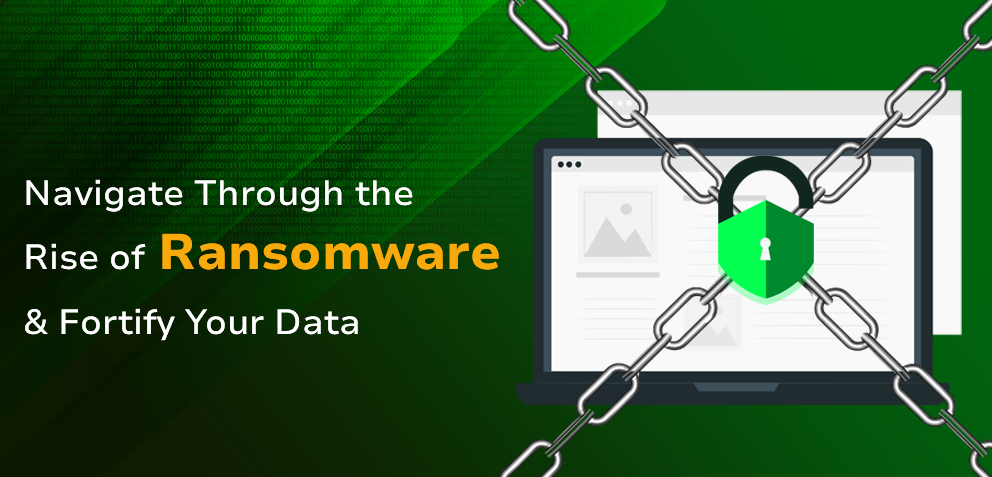Digital Heists: The Rise of Ransomware and How to Protect Your Data


Today’s interconnected world has made things so easy and accessible. For example, our grandads would have never imagined communication the way we have right now. Or would have never thought of computers being the size of our palms. The advent of technology has helped a lot of things evolve, and while most of them are good, some of them are bad. And today, of all those bad things, we will talk about Ransomware.
Malwarebytes, global leader in real-time cyber protection, released some alarming data earlier this year in its 2024 threat down state of Malware report. This report stated that the United States alone has accounted for almost half of the ransomware attacks in the last year. Now, that’s a troublesome number.
One can define Ransomware as a sort of malicious software that infects a computer system or data until the ransom demand is fulfilled. These sorts of internet thefts have grown in size and sophistication. Nowadays, it’s difficult to segregate these sorts of emails from the regular ones.
This blog reflects on the evolution of ransomware and how to safeguard your sensitive information. So, what’re waiting for? Let’s get going. Happy reading!
Ransomware is not a new poison. The first known occurrence, the AIDS Trojan, emerged in 1989. It was primitive, requiring payment by mail to unlock files. Today’s ransomware assaults are elaborately organized crimes by cybercriminal syndicates with advanced technical expertise and substantial resources.
Recent attacks have highlighted cybercriminal’s increased daring and elegance. The infamous 2021 Colonial Pipeline attack hampered petroleum supply in the eastern United States, while attacks on healthcare systems jeopardized patient safety. These cases demonstrate the significant, real-world implications of ransomware attacks.
Furthermore, malicious advertising, often known as malvertising, is back with a boom now since 2023 and now poses a threat to both businesses and individuals. Number of fake campaigns have emerged initiating names like Amazon, paypal, Apple etc. to deliver windows and MAC malware via incredibly well written mails and convincing advertisements. Malwarebytes ThreatDown Labs identified Amazon, Rufus, Weebly, NotePad++, and Trading View as the top five most impersonated brands.
In addition, Dropbox, Discord, 4sync, Gitlab, and Google were identified as the top five most abused servers. Malwarebytes ThreatDown Labs also identified Aurora Stealer, Vidar, Redline Stealer, BatLoader, and IcedID as the top five most often encountered malware.

Ransomware generally enters your system via phishing emails, malicious websites, or software weaknesses. Once entered, it can encrypt data or lock down the entire system, displaying a ransom note demanding payment, commonly in cryptocurrency(since they are difficult to trace), for the decryption key.
Ransomware can be classified into different types:
Protecting against ransomware necessitates a multifaceted approach that combines technological safeguards with user education and best practices.
If you’re not sure or confident enough to handle all these by yourself and need an accomplice instead, trust AVP Suite’s Antivirus Program. Get in Touch with Us.